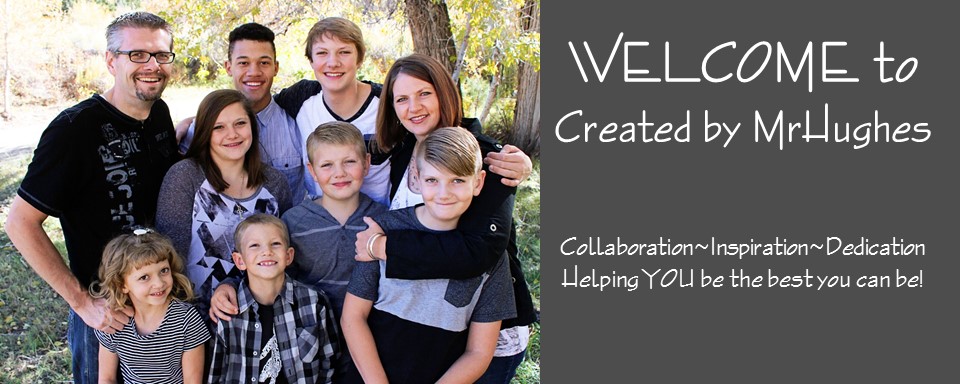Post #1 was about the difference between POETRY and PROSE! It was a fun lesson and I really enjoyed teaching my students about it! This post was featured over on All Things Upper Elementary.
Enjoy!
-Mr. Hughes
Greetings Dear Readers!
For my first "real" post here, I wanted to share for your reading pleasure the first of a series of posts that will chronicle my current venture in teaching 60 students (4th, 5th, and 6th) a mega unit on poetry. It has been quite the adventure, but I am loving it. Let's get started...
I have set up my classroom this year with a "Genre" board. I love it as it holds mentor texts, anchor charts, and the purpose of the genre.
Like This:
(Anchor charts will be filled out soon!)
Using the book "The Write Genre" by Lori Roq and others I started the unit by having the students write in their journals what they felt the difference was between poetry and prose. It was interesting to hear their responses since most students hadn't ever heard the word "prose" before. They were talking about star basketball and baseball players. Ha ha. It was pretty funny. After I told them what each was, I read them examples of each. For the prose example, I choose to read Byrd Baylor's "The Other Way to Listen". When I showed them the inside text page, they all guessed it was going to be poetry. It was fun to see the look on their faces as I read the story and it didn't rhyme (which is what almost EVERY student defined poetry as in their journals- short, boring, and rhyming). Then I started to read some poems from Langston Hughes' "The Dream Keeper and Other Poems". I read several different poems from his book, some that rhymed, but many that did not. For homework, I gave the students a poem they had to read to a family member. The students also had to underline all the common nouns and circle the proper nouns. I felt it was an amazing way to start the unit.
For Day 2 of my introduction to poetry, we reviewed what we had learned yesterday about poetry and prose. Then, in our journals, we listed the 6 major differences between poetry and prose. It was a great eye-opener for some, and a total drowning for others. I thought that my 4th graders would struggle a little more than the 5th and 6th graders, but was pleasantly surprised that most of them understood more than I expected. The second part of Day 2 was spent in listing tools that poets might use to write excellent poetry.
With some guidance, we settled on:
1) Rhythm (Beat and Repetition)
2) Musical Language (Onomatopoeia, Invented Words, and Alliteration)
3) Sensory Images (Touch, Taste, Sight, Smell, Hear)
4) Comparisons (Simile and Metaphors)
5) Shape and Form (White Space, Line Breaks, and Major Forms like Diamante, Hiaku, etc.)
6) Rhyme (Not as easy as everyone thinks...ha ha)
To end the class period, I handed out a poetry book to every student (you could have the students read in pairs) and let them read and share and giggle and laugh. Many students found that it wasn't as "horrible" or "boring" or "lame" as they had thought. And the best part for me? It wasn't the rhyming poems that they seemed to enjoy the most. They really latched onto Langston Hughes and found that reading his poems was enjoyable! TOTAL SCORE!
When they had to leave, most students were sad that class had ended. I knew right then and there that this was going to be a successful journey into the land of poetry. WAHOO!






No comments:
Post a Comment
Thanks for sharing your thoughts...
Note: Only a member of this blog may post a comment.